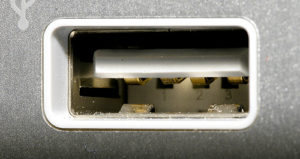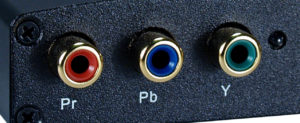COVID-19 and the rise of working from home have forever changed the workplace environment. But even though many of us are heading back to the office, we don’t have to abandon some of the technological tools we adopted to make up for being unable to collaborate in person.
Today, let’s take a look at eight ways you can use technology to improve your employees’ experience at work post-COVID-19.
Use HR/Recruitment Tools
For starters, leverage HR and recruitment tools to streamline the onboarding and employee recruitment processes. A good onboarding experience can make or break the first impression your company has on an employee. If you use good HR or recruitment tools, you can provide a smooth learning experience during the first few days at your company for all new hires. In this way, the best talent will be more likely to stick with your company over the long term.
Use Tech to Boost Employee Engagement
Of course, tech can also be used to improve employee engagement across the board. Digital platforms that support personal engagement, like digital surveys, reporting platforms, and polls can do a lot to help your employees feel like they are heard and that you take your concerns seriously.
Provide Tools to Improve Productivity
Naturally, tech can also boost productivity in the workplace. Day-to-day work tools like virtual phone services, calendar programs, and even collaboration tools like Slack can help your employees schedule their time more wisely, track progress, and assign jobs to one another quickly and efficiently. Or you can try Ubiq: a one-of-a-kind conference tool that lets your employees wirelessly share information in just seconds, all without having to deal with cable clutter.
Provide Communication Tools
Slack, Skype, and other communication tools many of us used over the course of the pandemic can also be used in the post-COVID workplace. These communication tools allow employees to collaborate and send messages without getting up from their desks, as well as let employees still working remotely contribute to office chit-chat and workplace meetings.
Optimize Your Self-Services Tools
Self-services tools, like online portals for clocking in or for writing reports, can do a lot to improve employee productivity and let your employees feel like they’re responsible for their workdays.
Leverage Self-Learning Tools
Similarly, self-learning tools, especially those that you provide to new hires, are great for ensuring everyone is up to speed with new workplace practices or procedures without having to waste a lot of time with big seminars or conferences. These tools can be doubly effective because many people learn at different paces from one another.
Always Keep Your Tool Portfolio Minimal
We’ve gone over a lot of possible tools you can implement in your workplace. But it’s vital that you keep your tool portfolio to a minimum. Simply put, the more tools your new employees (and existing employees!) have to learn, the less likely they will be to become masters at all of them. Try to stick with a handful of great tools and avoid bringing in too much tech too quickly.
Use Cloud Storage Wherever Possible
Last, be sure to leverage cloud storage as much as you can. Cloud storage allows you to not only benefit from better digital security, but also help your employees grab files or data wherever, whenever. Cloud storage may be more important if your workplace plans to keep remote work an option, at least in a limited capacity, for the foreseeable future.







